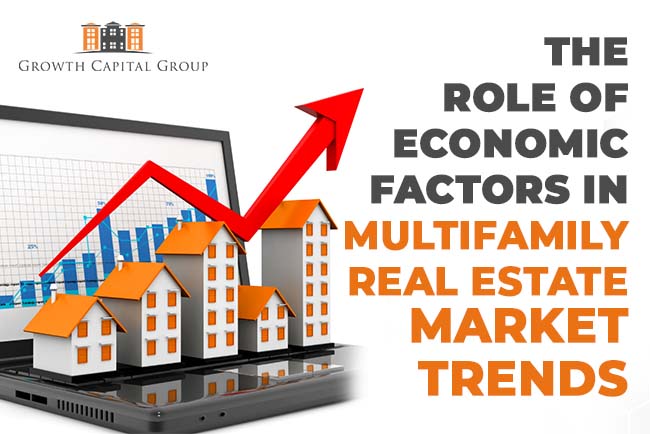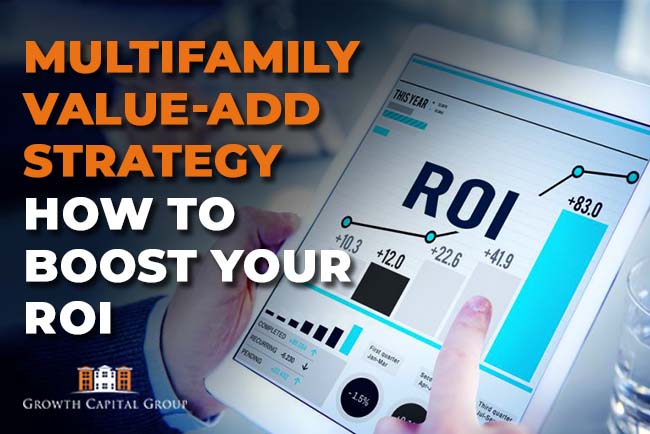Introduction:
In the ever-evolving real estate investment landscape, multifamily real estate syndication has emerged as a dynamic and promising avenue. This article delves into the “Emerging Trends in Multifamily Real Estate Syndication,” highlighting innovative strategies and developments reshaping the industry. Whether you’re a seasoned investor or just entering the market, understanding these trends will empower you to make informed decisions and navigate the future of real estate syndication.
Trends in Multifamily Real Estate Syndication
-
Sustainable Housing: Building a Greener Future
The demand for eco-friendly living spaces is rising, and multifamily real estate syndication is embracing sustainability. Developers are incorporating energy-efficient technologies, green building materials, and renewable energy sources to create environmentally-conscious communities. From solar panels to rainwater harvesting systems, these sustainable features reduce operational costs and attract environmentally-conscious tenants, making it a win-win situation.
-
Tech-Driven Investments: Pioneering the Digital Frontier
Technology is revolutionizing the multifamily real estate syndication landscape. Real-time data analytics, artificial intelligence, and virtual reality are leveraged to enhance property management, streamline operations, and improve tenant experiences. Investors can remotely assess property performance, monitor maintenance requests, and conduct virtual property tours. Technology integration promises greater efficiency, transparency, and convenience for all stakeholders.
-
Urban Revival and Suburban Surge: Adapting to Changing Lifestyles
The ongoing shift in lifestyle preferences has led to two distinct trends in multifamily real estate syndication. Urban revival involves revitalizing city centers, offering proximity to amenities and entertainment. On the other hand, the suburban surge caters to those seeking spacious living outside urban cores. Developers are strategically investing in both segments, offering diverse options to cater to evolving lifestyle preferences.
-
Co-Living and Shared Spaces: Fostering Community and Affordability
Co-living spaces have gained traction as an innovative solution to the challenges of urban living. These shared accommodations provide cost-effective options while fostering a sense of community. From communal kitchens to flexible living arrangements, co-living addresses the needs of young professionals and students seeking affordable yet vibrant living experiences.
-
Inclusivity and Accessibility: A Focus on Diverse Demographics
The multifamily real estate syndication industry recognizes the importance of inclusivity and accessibility. Developers design properties with features catering to individuals with disabilities and diverse backgrounds. Universal design principles are embraced, ensuring that living spaces are welcoming and functional for everyone.
-
Short-Term Rentals and Hybrid Models: Adapting to the Sharing Economy
The rise of platforms like Airbnb has led to the integration of short-term rentals within multifamily properties. Some investors are adopting hybrid models that allow residents to choose between long-term leases and short-term rentals. This flexibility taps into the sharing economy while accommodating the transient needs of modern renters.
-
ESG Investing: Merging Profit with Purpose
Environmental, Social, and Governance (ESG) considerations are gaining prominence in real estate syndication. Investors increasingly focus on properties that align with sustainable practices and ethical standards. ESG-driven investments contribute to a better world and offer potential financial rewards as the market responds positively to responsible development.
-
Value-Add Strategies: Enhancing Property Performance
Value-add strategy involves making targeted improvements to multifamily properties to increase their appeal and value. Renovations, cosmetic upgrades, and amenity enhancements are being implemented to attract tenants and justify rent increases. These strategies can increase investors’ returns while providing tenants with upgraded living experiences.
FAQs about Emerging Trends in Multifamily Real Estate Syndication
-
Can I invest in multifamily real estate syndication as an individual?
Absolutely! Multifamily real estate syndication allows individual investors to pool their resources with others, making it more accessible and financially viable.
-
How do sustainable features impact the value of multifamily properties?
Sustainable features reduce operational costs and appeal to environmentally-conscious tenants, potentially leading to higher occupancy rates and rental income.
-
What role does technology play in property management for syndicated investments?
Technology streamlines property management tasks, improves tenant communication, and provides real-time insights, enhancing overall operational efficiency and tenant satisfaction.
-
Are suburban multifamily properties a sound investment amid urbanization trends?
Yes, suburban multifamily properties offer opportunities for investors to tap into the growing demand for a spacious living while still being within reasonable proximity to urban amenities.
-
How do ESG investments align with financial goals in real estate syndication?
ESG investments can yield competitive financial returns while aligning with ethical and sustainable practices, appealing to socially-conscious tenants and investors.
-
What is the significance of value-add strategies in multifamily real estate syndication?
Value-add strategies allow investors to increase property value, attract higher-quality tenants, and maximize rental income by improving the overall living experience.
The Role of Economic Factors in Multifamily Real Estate Market Trends
Conclusion:
As the landscape of real estate syndication continues to evolve, staying attuned to emerging trends is paramount. The multifamily sector is witnessing a dynamic convergence of sustainability, technology, and innovative living concepts. By embracing these trends, investors can position themselves for success in a rapidly changing market. Whether it’s sustainable housing, tech-driven investments, or inclusive design, the future of multifamily real estate syndication is rich with possibilities.
Invest Smart, Invest Together: Explore Multifamily Syndication’s Latest Trends for more details contact us






